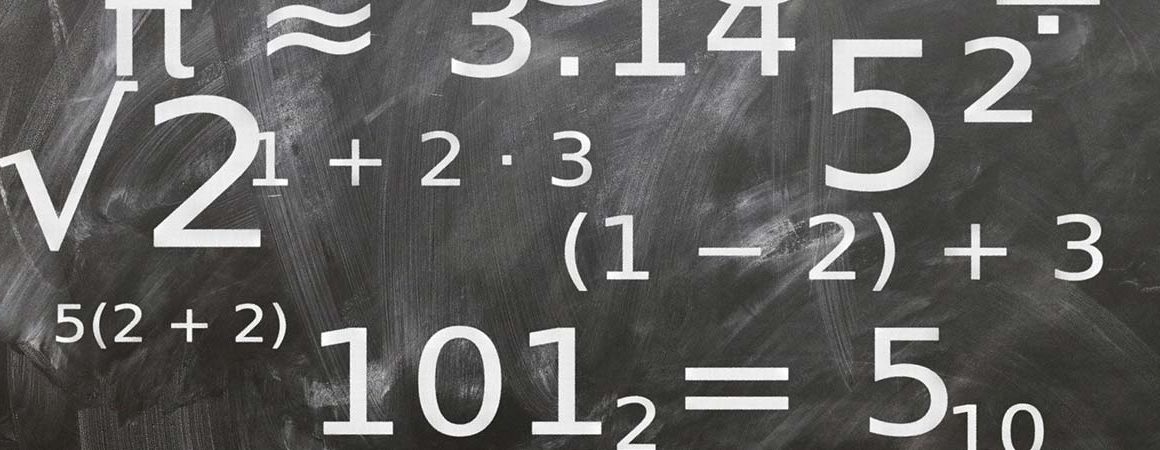Are Math Skills Innate?
Somewhat surprising, the answer to the above question is, in part, yes. Imagine a study that involves a psychological phenomenon called habituation. When we see things that are familiar we tend not to pay attention to them. In contrast, when we see things that are novel and new, they attract our attention. We look longer at new things that we do familiar things. That is, we are habituated to familiar things, but not to new things.
Now imagine a study where 6 month old infants are presented with series of dots on a screen that range from one dot to 6 dots. The way the experiment works is that an infant sees the screen with the dots and then another screen blocks the dots. Soon thereafter the blocking screen is removed and the infant can again see the dots. However, now the infant sees the same number of dots that originally appeared or fewer or more dots that originally appeared. If the number of dots that originally appeared is four or less, and if the number of dots is the same as those that originally appeared, the infant very quickly looses interest in the dots and looks away. In short, the infant has habituated to the number of dots that originally appeared.
If however, the original number of dots was four or less, and there are now more or less than four, the infant looks longer at the new number of dots. The surprising finding is that if the original number of dots was four or less, the infant looks at the new or old dots about the same amount of time regardless of the number of dots. That is, the infant seems to process four dots just as fast as he or she processes one dot. In short, there appears to be an automatic (Innate?) ability in infants to process up to four items that appear in a visual field.
The same is not true for more that four items. With each item beyond four there is a steady increment of time required to process each item. It seems as if processing more that four items requires a different cognitive process, and that with each additional item an additional amount of time is required for processing.
The phenomenon of automatically recognizing up to four items is called “subtizing,” and suggests that we are born with the ability to almost automatically recognize up to four things without counting. Another interesting fact is that we are not the only species that have subtizing ability. This will be discussed in a further post. However, the ability to subtize a number of things is limited to four. Beyond that, infants cannot automatically recognize changes in the number of things.
Beyond four things requires a learned ability called counting. Subtizing and counting form the early cognitive basis for mathematical ability. Research on subtizing and counting explores many interesting facets of our mathematical ability. For example, there are individual differences in subtizing and counting. Are these differences predictors of mathematical ability as children age? Another question is whether there are specific locations in the brain that are activated during subtizing and counting? And what about the question of whether organisms other that humans can subtize? These questions will be examined in future posts.


 Facebook
Facebook
 Yelp
Yelp
